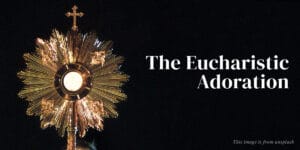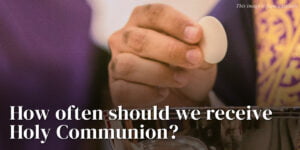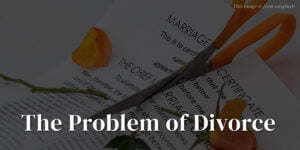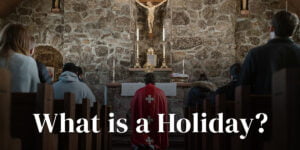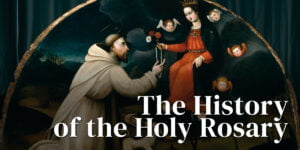These changes the results of liturgical abuses such as clown mass and pagan rituals enter the church including the Holy Mass. Some priest approves of faithful marrying other religion sect and convert to their religion. Some Priests are not wearing cassock and some nuns often removing their veils. Catechism is no longer available in most of the church today. This is what Archbishop Lefebvre warn us of disorder than becomes a danger to out faith. This is why Pope St. Pius V fixed when there’s a disorder in the church and this is why St. Pius X restore so we can once again worship Christ in the right manner and strengthen our faith. When Archbishop Lefebvre retired as Superior General of Holy Ghost Fathers, he was approached by young French seminarians who are traditionalist.
I would like to pause for a moment to make a note that Sanhedrin.net is not affiliated with the Society of St. Pius X (SSPX) or any other traditional Catholic societies. But we both have the same goal of spreading and teaching the readers about the sacred tradition, including the traditional Latin Mass.
When the young seminarians requested that the archbishop teach them according to Tradition, he hesitated at first because he is too old to guide them. After a while, he became convinced because he believed this is a sign from God. With the permission of Bishop François Charrière, Bishop of Lausanne, he founded the Priestly Society of St. Pius X, or SSPX, in 1970. It upheld the Sacred Tradition, including the Traditional Latin Mass and the Tridentine Mass, which contradicted the Second Vatican Council’s teachings. The SSPX became a source of contention as they continued the Sacred Tradition; many people followed and attended their Holy Mass, including those who disagreed with Vatican II’s changes; and, due to his advanced age, he decided to consecrate four bishops of the SSPX, despite the Vatican’s objections. Pope John Paul II condemned the consecration as schismatic, and they were immediately excommunicated (But the Society of St. Pius X is not excommunicated, only Lefebvre, the archbishops who joined the consecration and the consecrated bishops).
Did Archbishop Lefebvre and his four bishops engage in schism? The answer is NO. Even though they did not follow the Pope’s orders, the Archbishop consecrated four bishops to carry on the sacred tradition. The Archbishop’s act was stated in Canon 1323 no. 4 of the 1983 Code Canon Law as “a person who acted coerced by grave fear, even if only relatively grave, or due to necessity or grave inconvenience unless the act is intrinsically evil or tends to the harm of souls”. So, what exactly does the canon mean by “tends to the harm of souls?” The teachings of Vatican II are harmful to our souls. That is why Archbishop Lefebvre and the SSPX refused to follow its teachings. And, because they followed Canon Law, the excommunication of Archbishop Lefebvre and the four bishops is neither official nor effective. We are now in the End Times. We must strengthen our faith in God, as Popes St. Pius V and St. Pius X did in the past, and not be afraid because some clergy and laypeople are already following Archbishop Lefebvre’s lead…

